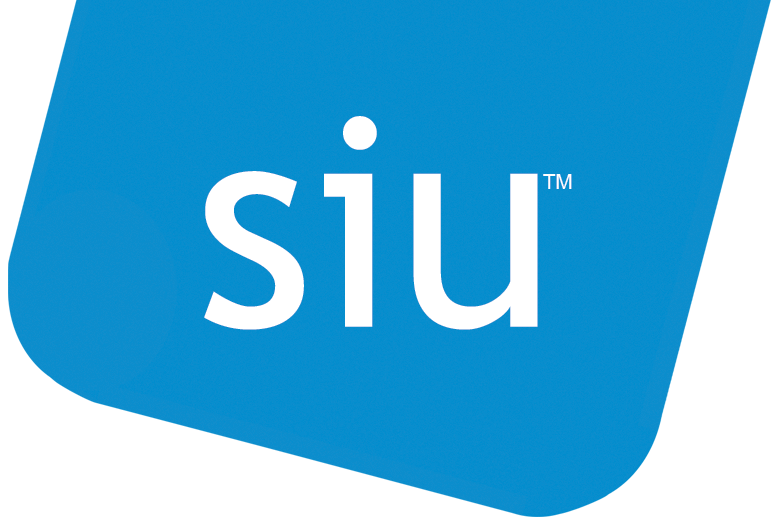The medical term for heart attack is myocardial infarction (MI), a medical emergency.
A heart attack is caused by a partial or complete interruption to the blood supply to the heart muscle. This is usually due to a blockage of one or more coronary arteries, followed by the muscle tissues dying due to lack of oxygenation. Unless the correct emergency treatment is provided, it can rapidly lead to death.
Symptoms of a heart attack
Central chest pain that travels to the left arm, neck or back may present instantly or gradually with or without difficulty breathing, fatigue, sweating, lightheadedness, or nausea.
The pain may present as heavy on the chest as if a weight is over, crushing, squeezing like a belt wrapped around.
Sometimes a heart attack can present one or more symptoms, but there may be no symptoms.
Causes of a heart attack
Several risk factors can result in a heart attack, including cardiovascular disease, high blood pressure and cholesterol levels, age, alcohol intake, obesity, smoking, drug misuse, lack of exercise, and stress.
Other medical conditions can increase the risk, such as chronic kidney disease and diabetes. People with these health conditions must be closely monitored by their GP.
What is physiotherapy
Physiotherapy is a science-based medical treatment and takes a holistic approach to health and well-being, which includes the patient’s lifestyle, identifying and maximising quality of life, prevention, habilitation and rehabilitation of diseases and injuries.
Physiotherapy is used in treating disease, injury, or deformity as well as pre-surgery and post-surgery by physical methods such as massage, heat treatment, and exercise rather than by drugs or surgery.
How physiotherapy helps
Following the initial emergency treatment and recovery from a heart attack, once medically stable and cleared, physiotherapy plays a crucial role in helping individuals to restore fitness and their standard of living with a holistic physical treatment plan to achieve their short and long-term goals.
Physical assessment includes your mobility, range of movement, exercise tolerance and discussing your goals.
The treatment plan may include managing the risk factors, weight, diet, alcohol intake and smoking, exercising and improving muscle strength, stretching, flexibility, range of movement, dynamic balance and mobility, and cardiovascular exercise.
Benefits of physiotherapy following a heart attack
- Reducing the risks of further heart attack
- Improved cardiovascular fitness and confidence
- Improved mobility, flexibility, fitness and lifestyle
- Returning to your previous hobbies and activities
- Returning to work
For security industry professionals and medics
SIU – Security Rehabilitation Centre https://www.the-siu.org.uk
For serving and retired police officers
Flint House – Police Rehabilitation Centre https://www.flinthouse.co.uk
The Police Treatment Centres https://www.thepolicetreatmentcentres.org










